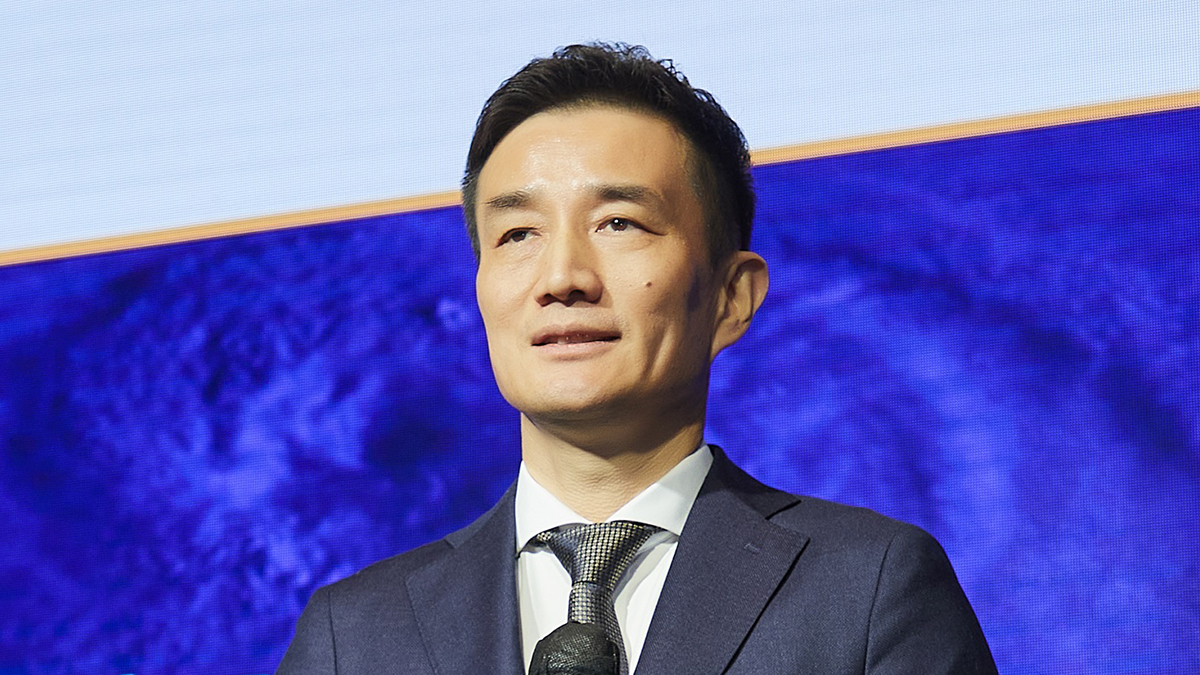FM pours resources into risk mitigation with new research facility
FM began construction on its third research facility in Luxembourg in March 2024
Firm’s mutual structure, business model and engineering workforce give it an edge in risk mitigation, mutual's head of London operations, Bill Bradshaw, says



